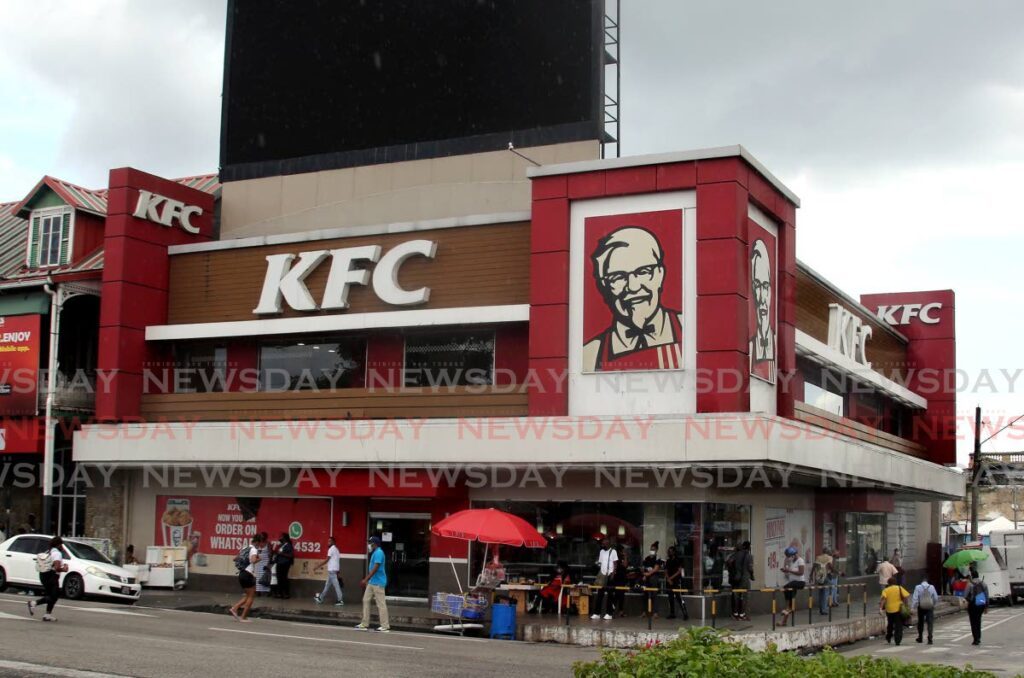Pros, cons of fast-food business

TERRENCE Deyalsingh’s naming and shaming of fast-food restaurants that feed addiction to fat and sugar calls for closer examination.
“I know I’m going to get licks for this in the paper,” the Minister of Health said on Monday at a “health and wellness” event held at the plush Hyatt Regency in Port of Spain. “But we need to face the truth. All these things are addictive. It is no different from the cigarette industry.”
He pointed fingers at brands like Coca-Cola, KFC, Domino's, McDonald's and Wendy’s.
But the picture is more complicated than Mr Deyalsingh suggests.
As recently as a few years ago, about seven per cent of the country was undernourished, according to the UN’s Food and Agriculture Organization. This went down from just over 11 per cent in 2014.
That was undoubtedly due to the increasing availability of cheap food, which is primarily what fast-food outlets supply.
While the minister cited the billions spent yearly on marketing by companies such as Coca-Cola ($27 billion) and compared this with the total annual spending of his ministry ($7 billion), the comparison is not accurate. These entities are franchises with local operators, not giant multinationals.
Furthermore, such franchises employ hundreds, if not thousands, of local people, particularly people who would otherwise have difficulty finding a job because they do not have tertiary qualifications.
The recent report that Prestige Holdings Ltd – which runs KFC, Pizza Hut, Subway, Starbucks and TGI Fridays – recorded a profit before tax of $84 million for 2023, compared to $54 million in 2022, also points to another issue.
Fast-food operators generate a steady stream of tax income for the treasury. If the State’s spending on combating lifestyle diseases is considered significant, we need to add to the equation the economic stimulus provided by fast-food businesses in local communities.
These companies don’t force people to eat their food. They provide a valuable service for many, of all creeds and income brackets.
Which is not to disagree with Mr Deyalsingh or to justify the alleged exploitation of bad habits. But fast-food restaurants also supply healthy options for those who want them.
For example, Subway, whose products are consumed by about 68 per cent of the young population according to a recent survey by the Diabetes Association (DATT), is known for promoting weight loss.
In some cases, eating fast food may be healthier than skipping a meal. It can help people manage their schedules more effectively and help communities address hunger.
Still, we are under no illusions. Too much fast food can be a bad thing. DATT has called for taxes to combat over-consumption.
However, we wonder whether Mr Deyalsingh, who sits in the Cabinet, should not be pushing for giving people cheaper options when it comes to eating healthily.
Encouraging agricultural business more aggressively, perhaps as part of a public health emergency strategy, might be a better approach than simply mouthing off on companies and judging people and businesses simplistically on the strength of untested assumptions about both.


Comments
"Pros, cons of fast-food business"